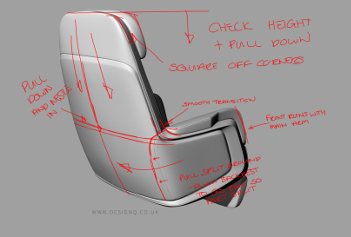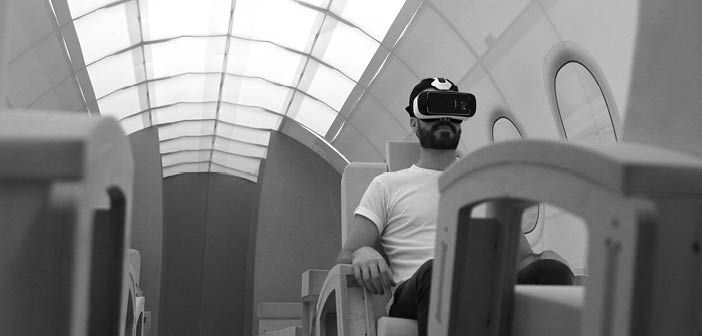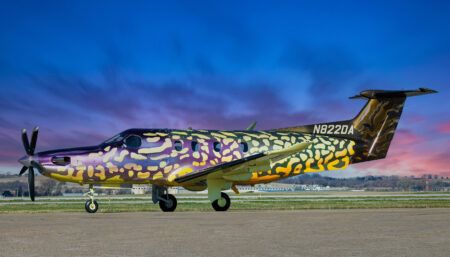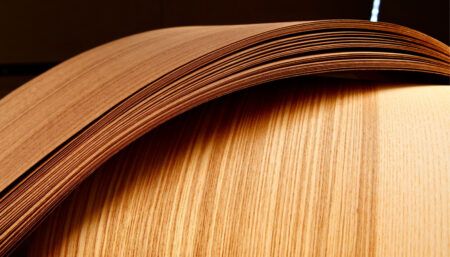Howard Guy, CEO at Design Q, discusses applications for virtual reality
 How do you use virtual reality?
How do you use virtual reality?
Our use of virtual reality is threefold. Firstly, it enables the designers to understand and define the product. This is the first real glimpse of the product for both designer and design management, so immediate critiques enable the design to evolve with the inputs from the team.
Secondly, the customer can see something that is totally understandable, unlike an artist’s impression, so every aspect, nook and cranny, and the general look can be assessed and again critiqued by the customer. Initially we would work in grayscale, trying not to confuse the process by showing every color and finish, but once the design has been refined and agreed, the introduction of material finishes – metals, wood veneers, leathers and fabrics – suddenly brings the project to life. Different options can be presented in real time so that the customer can make an educated judgement on what they are selecting as a color proposal.
Finally, the selected series of images become the master document for the build and specification of the aircraft and this process greatly helps the governance of the delivery.
What are the advantages of the technology?
The advantages are that a proposal can be shown and totally understood by everyone – the engineer, designer, customer and OEM. This work can be done quickly and multiple renders of alternative schemes allow consensus to be reached much more quickly.
 What technology do you use and what are its limitations?
What technology do you use and what are its limitations?
We use headsets that are linked to smartphones. An app – developed in-house, with our customers, specifically for aviation needs – is installed on the phone, so color and layout changes can be made in real time without memory-intensive loading each time. This enables seamless moves from one scene to the next; the objective being to make your brain believe you are in another place.
A limitation of this approach is that when you are viewing through a headset that magnifies the image, pixelation can pull the quality of the image down. However, the latest phones have high-resolution screens and phone manufacturers are constantly improving. Gaming and movies are hugely popular, so each new generation is better and more cost-effective in terms of visuals.
 How much have you invested in virtual reality?
How much have you invested in virtual reality?
It is difficult to quantify how much investment Design Q has made over the years. The software-build programs have continually been upgraded, led by the drive for realistic gamestation graphics. The build software is the fundamental investment in any project but as you have to build a CAD model to deliver a project, more often than not the final renderings are being produced when engineering inputs have taken place, not always to a fully feasible level, but with a good grasp of general feasibility, packaging and parts. The best investment is where the most effort is put into the design and concept generation. If the design is good it shows. The 3D visualization is frankly the easy bit and the cheapest piece of the puzzle, so if the hard work has not been done at the outset (industrial design) then the renders, however good they may first appear, will not benefit anyone.
What other applications could be possible?
The industry is exploding with rumors of movies shot specifically so that you can immerse yourself in a full 360° story where you choose what and where you want to look. A horror movie would have to come with a health-and-safety warning!
How widely will virtual reality be used in the industry in five years’ time?
It is already becoming the norm with leading industries. Aviation is new to it but the automotive industry has been striving for decades to show virtual full-size experiences of digital designs – at massive expense and with some success. The new systems are massively more economical and even affordable to the majority of people. Seeing is believing and our purpose in life as a design consultancy is to show something that does not exist but can and will in a very short time.





